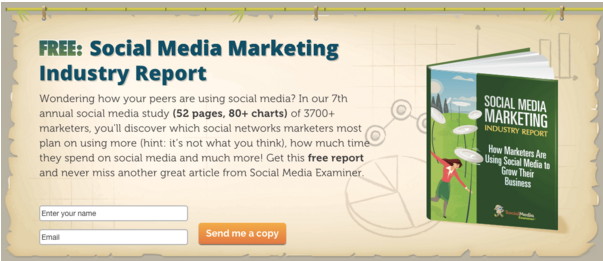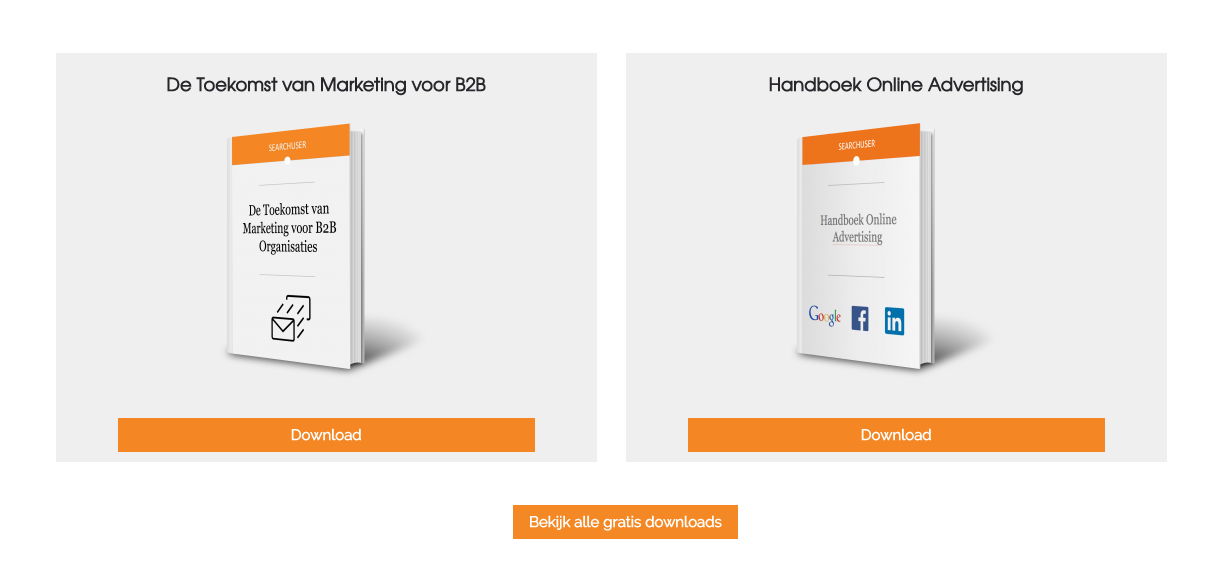Many of our clients are at a loss when they hear that content (blogs, email, social posts, video, etc.) is essential to the success of marketing automation projects and engaging with their prospects. Until then, they have only sent out newsletters, and even that is regularly delayed (or forgotten). Then the next question automatically arises for this client:
Where should we start with content?
As is often the case in online marketing, the answer to this is not straightforward. Nevertheless, in this article I want to give you a step-by-step plan that you can use in a reasonably simple way to write the right content writethat your leads are actually waiting for. How to get more leads with the right message (and how to outsource it). If you start with marketing automation, be aware that The software is secondary. Of primary importance - and this will always remain - is the sales message that turns your lead into a paying customer.
You don't have to make up this sales message - this is already made up.
By whom?
By your sales staff.
Indeed, they know exactly what the best sales arguments are that persuade the lead to take the final step. They also know exactly what their main counterarguments are. Therefore: use your sales staff to develop the content of your sales funnel. Or at least its content. Then someone in the content department can turn it into something great.
I'll give you four steps so you can shape your content strategy in a structured way. Note: we are talking about the strategy to convert your leads into customers.
Let's start.
Your organization has multiple customer types, or "buyer personas. Don't worry, you don't need to have them all clear at this point. With Marketing Automation, you always start small - so first choose your most important target group. This can be a target group based on organizational characteristics (industry, size of organization), characteristics of the end decision maker (position), or based on a specific product/service your company provides. The reason you need to make a choice is that you will achieve the most success with targeted and specific content. We want your leads to read blogs and articles that they get immediate value from - and you can't do that with generic content that applies to everyone...
Time to leverage the knowledge of your sales staff. In short, time to put them to work.
Ask all your sales staff to write down the following:
Once you have these points all down on paper, then you have the basis for your online sales funnel. Now it is important to structure the input, and to find the right place for it. I've already given a starter above, which you can implement immediately. It's not set in stone of course!
Don't think too long about what you want to write and post where. The important thing is that you are moving with your "online presence. Start small and don't wait until it's 100%!
You want to collect leads right? Then make sure your website visitors want their data want to leave behind. And no, a contact form doesn't count in this case. And again no, neither does a sign-up form for your newsletter.
Your website visitors want their data do for a content piece that will actually make them wiser. This then is the PDF, which is actually written by your sales staff.
After all, they sit at the table with your prospects, and know exactly what problems they are experiencing (and how to solve them).
See an example from socialmediaexaminer here, with an "industry report.

Another example, from our own website:

After a lead has downloaded your PDF, it is of course important that she gets the right follow-up. That she is "warmed up" to your product with the right emails (preferably as soon as possible...).
In fact, at this point, you want to achieve via e-mail what your sales staff succeeds at the table (face to face).
And you can do this! After all, you have the most important information from your sales staff on paper. The next step is to put it in a structured email follow-up.
How do you start with this?
First, of course, we recommend that you automate this process...so that everyone receives the right email at the right time. This can be done through marketing automation.
Second, we recommend that you not be too "salesy" in your emails. No one is waiting to read exclusively about how good your organization or your product is. Then they'll unsubscribe pretty quickly. Make sure you add value in your emails.
The best practices
You have several options, all of which are likely to deliver results. However, the best follow-ups usually include the following components:
Don't just do this on Dutch sites. Especially look for inspiration from international sites in your industry, because often on .com they are further ahead in terms of online marketing than .nl.
Also, be sure to subscribe to newsletters, and download as many PDFs as possible on websites. Then check what emails you receive. Do you come across something inspiring? Then be sure to incorporate it into your own emails.
The marketing automation software SharpSpring takes you through the entire customer journey. This allows you to support visitors and leads with the right content, based on their behavior and need in their buying process. This all happens on an individual level. Through SharpSpring's ability to understand the needs and wants of your visitors and leads, you can adapt your content accordingly. This ensures more conversion. In addition, SharpSpring also offers the possibility of dynamic content. The content automatically adapts to each visitor whose details are known in the system.
To facilitate step 4, SharpSpring offers the ability to build visual workflows. Here you can insert follow-up emails for every action a visitor or lead performs. These emails are then sent automatically at the right time, fully personalized thanks to the dynamic content.
SearchUser was the first provider of the No. 1 marketing automation software SharpSpring in the Netherlands and is now a Platinum SharpSpring partner.
Heb jij nog vragen op het gebied van online content of SharpSpring? <a
Neem contact op!
